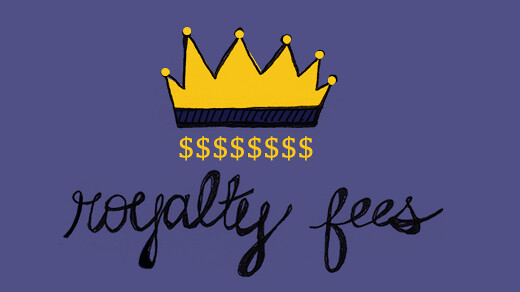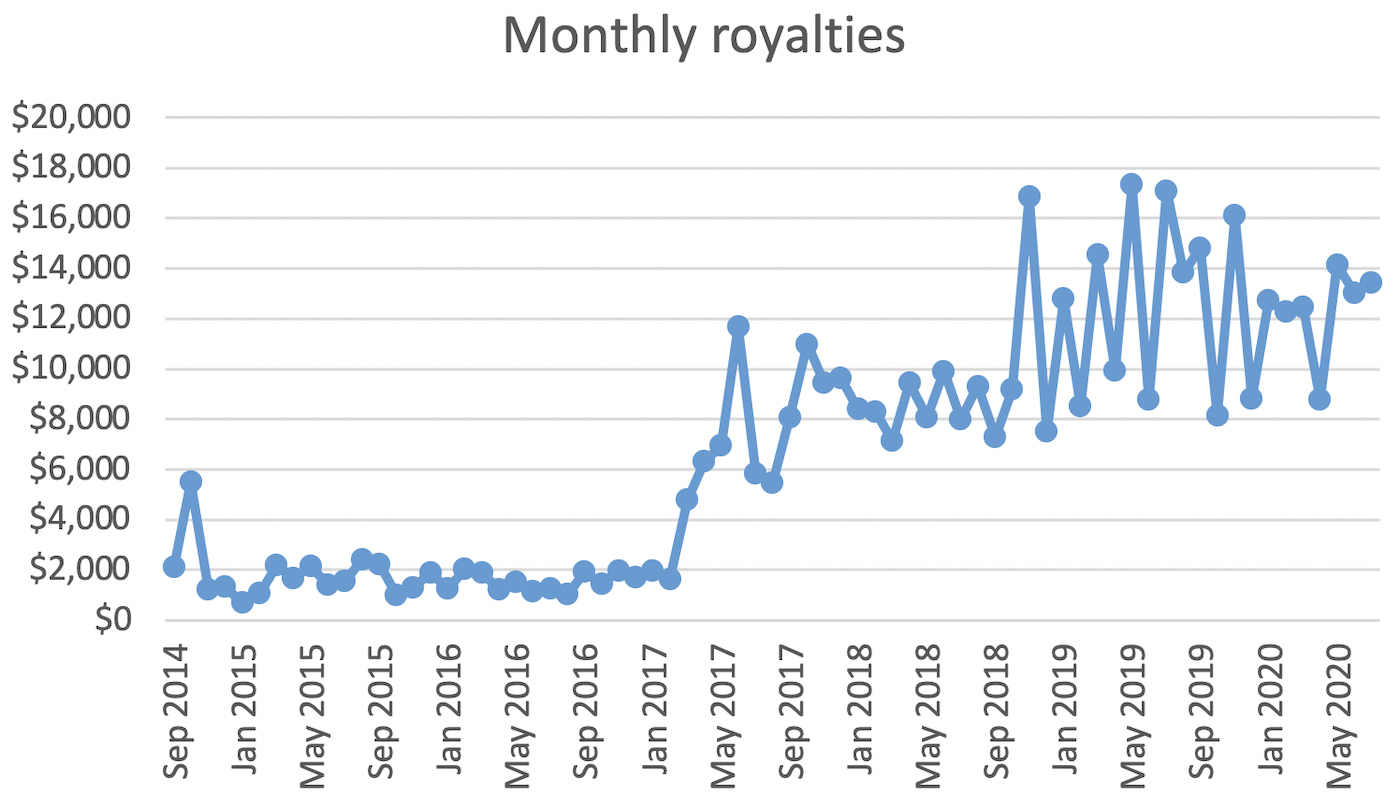Investing in the entertainment industry has always been an enticing prospect for those looking to diversify their portfolios. While traditional investment avenues such as stocks and real estate may be familiar, there is a unique opportunity that often goes unnoticed – buying movie royalties.
In this article, we will delve into the world of buying movie royalties and explore why it can be a lucrative investment option.
What Are Royalties?
Royalties are a form of payment given to creators or owners of intellectual property in exchange for the use or sale of their work. In the entertainment industry, royalties play a significant role in compensating filmmakers, actors, and other stakeholders for their creative contributions.
When it comes to movies, royalties represent payments made to individuals or entities involved in the production and distribution process. These payments serve as a way to recognize and reward their efforts in bringing the film to life.
The revenue generated by a movie comes from various sources such as ticket sales, DVD purchases, streaming platforms, and licensing agreements. A portion of this revenue is allocated as royalties to those who played a role in the creation of the film.
The distribution of royalties is determined by contractual agreements between the parties involved. This ensures that each contributor receives fair compensation based on their specific contribution to the film.
Whether it’s the director, screenwriter, actors, or even music composers, everyone involved has a stake in receiving their rightful share of royalties.
It’s important to note that royalties aren’t limited to just movies; they also apply to other forms of intellectual property like music, books, patents, and trademarks. In each case, royalties act as a means of recognizing and rewarding individuals for their original ideas and creative endeavors.
Types of Royalties
In the entertainment industry, there are different types of royalties that compensate creators for their intellectual property. Mechanical royalties apply to music compositions reproduced on physical or digital platforms.
Performance royalties are paid for public performances, while synchronization royalties come into play when music is synchronized with visual content like movies or commercials.
These royalties have varying rates and payment structures. Mechanical royalty rates for music compositions are set by legislation and industry standards, while movie royalty rates can be negotiated based on a film’s success. Payment structures may include one-time lump-sum payments, ongoing royalties, or a combination of both.
Understanding these types of royalties and their associated rates and payment structures is crucial for creators and copyright holders in the entertainment industry. It ensures fair compensation and fosters a sustainable creative ecosystem.
| Type of Royalty | Description |
|---|---|
| Mechanical | Applies to music compositions reproduced on physical media or digital platforms |
| Performance | Paid when copyrighted material is publicly performed |
| Synchronization | Comes into play when music is synchronized with visual content |
How to Purchase Royalties
Investing in movie royalties involves a systematic approach to ensure a successful venture. Here are the key steps:
- Identify potential opportunities and negotiate with rights holders.
- Conduct thorough due diligence to assess profitability and risks.
- Choose between direct purchases or intermediaries, such as royalty marketplaces or specialized investment firms.
Direct purchases give more control but require extensive research and negotiation skills. Intermediaries provide access to a wider range of options but may involve additional fees.
By following these steps, investors can navigate the process of purchasing royalties effectively.
Conducting Thorough Research
Before investing in movie royalties, conducting comprehensive research is essential. This involves analyzing past performance of similar films, studying market trends, and considering industry forecasts for future growth potential.
Analyzing past performance includes evaluating box office revenue, home video sales, streaming statistics, and critical acclaim of similar films to gauge profitability. Studying market trends helps identify emerging genres or themes with higher chances of success.
Industry forecasts provide insights into upcoming developments that could impact the value of movie royalties.
By conducting thorough research on past performance, market trends, and industry forecasts, investors can make informed decisions when investing in movie royalties. This approach helps mitigate risks and maximize potential for financial success within the entertainment industry.
Why Invest in Royalties?
Investing in royalties offers unique advantages compared to traditional avenues. Movie royalties provide an opportunity to participate in the success of the entertainment industry and potentially earn substantial returns. Unlike stocks or real estate, royalties can generate passive income for years after an initial investment.
Successful films generate continuous revenue through various channels like ticket sales, streaming platforms, TV rights, and merchandise. This long-term income potential sets royalties apart from other investments.
Additionally, investing in movie royalties allows you to align your investments with your personal interests and support projects that resonate with you.
Royalties also provide a hedge against market volatility. While traditional investments may be influenced by economic fluctuations, royalty income remains more stable and less affected by market conditions. This stability makes them appealing during times of uncertainty.
In summary, investing in movie royalties offers the potential for long-term passive income, alignment with personal interests, and stability amidst market volatility. It’s a unique way to diversify your portfolio and potentially earn consistent returns over time.
VI: Evaluating Risk and Return
Investing in movie royalties comes with inherent risks that need to be evaluated for potential returns. Market dynamics can quickly change due to shifting consumer preferences or technological advancements, impacting the value of royalty investments. Additionally, legal disputes over intellectual property rights can pose challenges.
To mitigate these risks and maximize returns, diversification is key. Building a diverse portfolio spreads risk across different genres or production companies. Staying updated on industry trends and seeking guidance from experienced professionals can also help navigate potential challenges effectively.
VII: Exploring Other Investment Opportunities
Investing in the entertainment industry goes beyond traditional avenues. Alternative options like music publishing rights and literary rights offer unique opportunities for investors. Music publishing rights allow earning royalties from song compositions used across various media formats, providing a stable income stream.
Literary rights involve investing in books that may be adapted into movies or TV shows, offering potential multi-platform success. Each form of intellectual property investment has its pros and cons.
Movie royalties offer significant returns but are subject to market volatility, while music publishing rights provide stability with lower growth potential. Literary rights offer the possibility of success but can be influenced by changing reading habits.
Exploring these alternative investment opportunities allows diversification within the entertainment industry and the chance to capitalize on its dynamic nature.
VIII: Conclusion
Investing in movie royalties presents a unique and exciting opportunity to participate in the financial success of the entertainment industry. By understanding the different types of royalties, conducting thorough research, and evaluating risk and return, investors can make informed decisions that align with their investment goals.
Movie royalties offer a chance for investors to combine their passion for movies with potential financial gains. By exploring this avenue, individuals can become part of an industry that has captivated audiences worldwide for decades.
The allure of investing in royalties lies not only in the potential monetary returns but also in the satisfaction of contributing to the creation and promotion of compelling cinematic experiences.
However, before embarking on this investment journey, it is crucial to engage in careful research. Understanding how royalties are structured and distributed is essential for making informed decisions. Additionally, diversification strategies should be employed to mitigate risks associated with any individual movie or franchise.
By spreading investments across various film projects or genres, investors can minimize exposure to specific market fluctuations.
Staying informed about industry trends is another key aspect of successful royalty investing. The entertainment landscape is ever-evolving, with new technologies and platforms continually emerging. Keeping abreast of these developments allows investors to identify upcoming opportunities and adjust their strategies accordingly.
In conclusion, exploring movie royalties as an investment avenue offers both financial potential and personal fulfillment for those passionate about the world of cinema.
With thorough research, thoughtful diversification strategies, and a keen eye on industry trends, investors can navigate this unique opportunity with confidence and potentially reap long-term rewards.
| Key Points |
|---|
| – Understanding different types of royalties |
| – Conducting thorough research |
| – Evaluating risk and return |
| – Combining passion for movies with financial gains |
| – Engaging in careful research |
| – Employing diversification strategies |
[lyte id=’11VKLgmTRLo’]






